The animal parks in the United Arab Emirates, and especially in Dubai, are green havens among the nonstop activity of towering skyscrapers and busy souks. They balance metropolitan glamor with natural beauty. These locations are more than just decorative additions to the emirates' tourism appeal; they're also part of a larger effort to preserve a wide variety of wildlife. The parks have evolved into crucial storage areas for flora and animals, both native and foreign. Because of this, visiting these green areas is a great way to learn about the area's ecology and culture, as well as to enjoy the region's natural beauty.
The Allure of Family Attractions in Dubai
Dubai's family-friendly animal parks are frequently overshadowed by the city's more well-known attractions, such as its haute couture boutiques and jewel-encrusted skyscrapers. Instead than being static museums of life, these thriving ecosystems provide a wide variety of family-friendly activities. Exhibits that incorporate touch, sight, and sound into a unified tapestry of sensory instruction provide a magical experience for young brains. The trips are seen as more than just fun by the parents; they also serve as important learning opportunities.
These parks serve as multifunctional spaces for families. On the one hand, they provide a welcome diversion from digital media by encouraging direct physical engagement with the world. On the other hand, they serve as actual classrooms where learning occurs in a more natural, less structured setting than what is provided by walls. The children and their carers share in a symbiotic process of learning and growth. They put together a multifaceted view of life's interdependence by making sense of the actions of individual animals and the roles of individual plants. As a result, these preserves act as multifunctional stages, weaving together entertainment and education to create a memorable whole.
Convenient Accessibility and Amenities
One of the most appealing aspects of these wilderness areas is how simple it is to visit. These parks are easily accessible by municipal buses and private automobiles, making them ideal for families looking to spend a day in the great outdoors. The amenities give off an air of plenty and care. Family reunions may take place on scenic picnic grounds, while educational excursions can shed light on the park's environment. All of these parts work together to provide families a wonderful time.
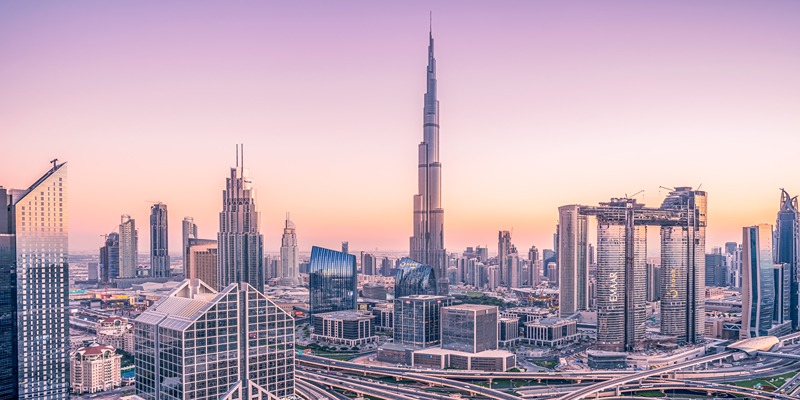
Habitats of Desert Animals: More Than Just Sand
The common perception of a desert is of a barren wasteland with constantly changing sands and severe heat. In spite of this widespread belief, however, Dubai's wildlife parks actively promote biodiversity. The habitat of a wide variety of animals is affected by a web of environmental factors, including diurnal temperature swings and random downpours. Because of the heat, many animals shift to nocturnal habits and prefer to hunker down underground. Meanwhile, the low amount of rain necessitates water conservation measures that are delicately orchestrated by both plants and animals.
Fascinating Fauna: From Fennec Foxes to Oryx
Inhabitants of these dry regions are fascinating because of the individual approaches they take to staying alive. In order to regulate its body temperature, the Fennec Fox uses its big ears. Another resident of the park with specialized hooves for navigating sandy terrains is the Arabian Oryx. These peculiarities are the result of evolutionary calculations that have been made throughout eons to improve a species' chances of survival.
Flora That Thrives Amidst Aridity
Desert ecosystems are not only made up of the animals who roam about in them, but also the plants that stay put. Because of its extensive root structure, the Ghaf tree may avoid surface dryness by tapping into subsurface water supplies. Aloe Vera and other succulents are able to survive in arid environments because they store water in their leaves. Such flora creatures not only make it, but also thrive in environments that most people would consider hostile.
Ethics and Conservation
The morality of keeping wild animals in captivity is a topic of heated discussion whenever the topic of captivity is brought up. However, the Dubai wildlife parks represent a paradigm change away from simple show and towards responsible care. This reorientation is most visible in the shift away from punitive incarceration and towards all-encompassing social programmes. Modern veterinary and behavioral research is used in these parks to create an atmosphere that is as near as possible to the animals' native environments.
In addition, conservation is still highly valued; it is not an afterthought but rather an integral part of these organizations. Numerous efforts, like rescue groups and ethical breeding programmes, are evidence of this dedication. Every enclosure has been carefully thought out to provide the least amount of stress possible and the maximum amount of natural behavior from the animals housed inside. As a result, the moral ambiguities often connected with animal confinement are lessened as these parks evolve from passive exhibitions to proactive agents of ecological preservation.
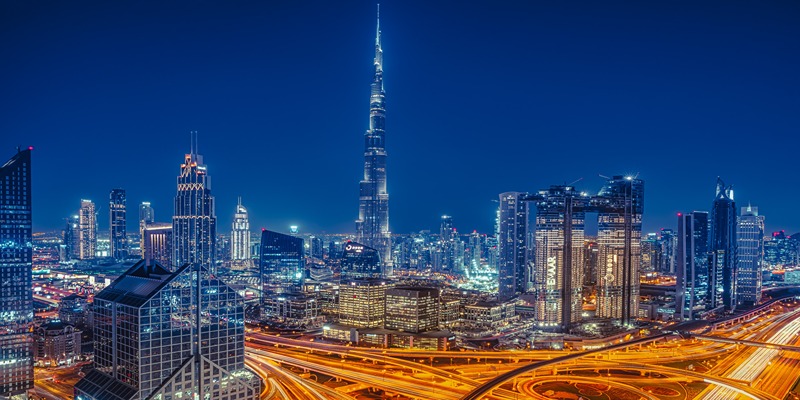
Rehabilitation and Breeding Programs
These parks now serve as fortresses against the decline and extinction of species, expanding their original purpose as public gathering spots. Scientific and deliberate breeding programmes avoid random matings in favor of those that increase genetic diversity to improve the health of future generations. These planned matings help endangered animals like the Arabian Oryx and the Hawksbill Turtle continue their species' genetic legacy.
Restoring damaged areas is also an important part of these conservation efforts. These wildlife sanctuaries provide a safe refuge for rescued animals in need of specialized treatment before being returned to their natural habitats. The ultimate objective goes beyond simple survival and instead seeks to restore these animals to full health so that they may return to their original environments as contributing members of society. Thus, the parks' restoration and breeding programmes serve as both a lifeboat and a vanguard, protecting what is already here and ushering in the arrival of something new.
Forthcoming Developments in Ecological Tourism
Dubai's wildlife parks are living, evolving organisms that are always looking for ways to improve their ecological sustainability and their appeal to visitors. The imprint of originality and insight will be seen in future ventures. The development of artificial wetland ecosystems is one such endeavor, since these ecosystems may provide habitat for many different types of aquatic life. These wetlands do more than just provide visual appeal; they also act as natural filtration systems and strengthen the parks' resistance to climate change.
Additionally, augmented reality software is still in its early stages of development. These technological aids are meant to improve the learning environment by connecting visitors with the diverse ecosystems around them. Explorers will be able to learn more about individual species thanks to augmented reality technologies without disturbing their natural environments.
These advances are all part of a larger pattern that aims to combine technical wizardry with respect for the natural world. Therefore, they will help maintain and strengthen the parks' double function as conservation havens and centers for thoughtful recreation.
Conclusion
Wildlife parks stand out as undervalued gems in the brilliant fabric of Dubai's many attractions. They evolve into more than just open-air museums; rather, they become multifaceted landscapes that strike a fine artistic and moral balance. These protected areas are a reflection of the Emirates' changing character as a whole, which now includes a growing concern for the environment with its traditional splendour. This kinetic synthesis is on full display in the parks.
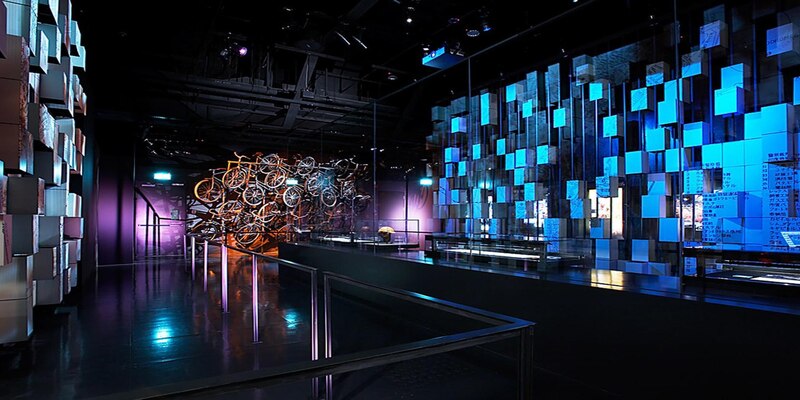
Top Worthy Museums in Singapore You Should Visit

Top Places to Visit in Lucknow 2023
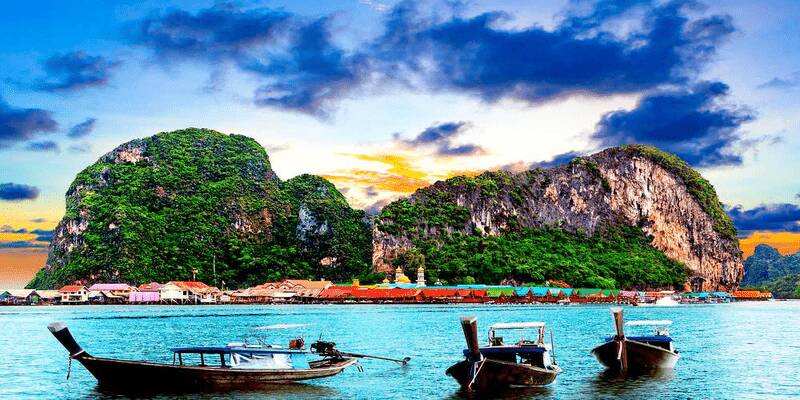
Things To Do In Pattaya For A Dream-Come-True Vacation
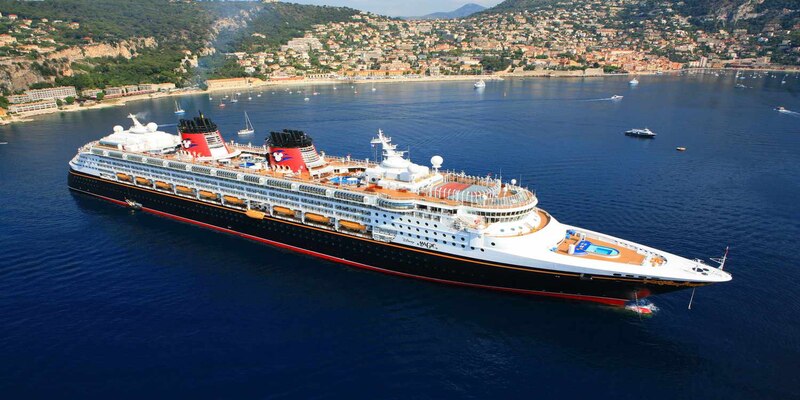
Best Activities on a Cruise Ship for All Ages For A Wonderful Experience

Top Stirring Adventure Camps in Kanakapura
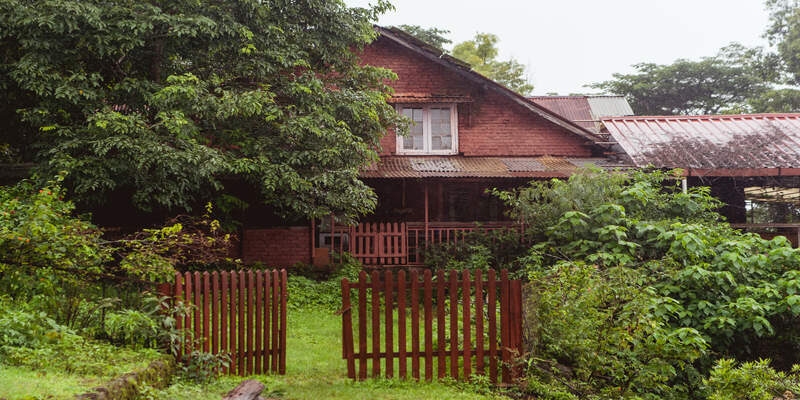
Farm Stay Experience In Panchgani
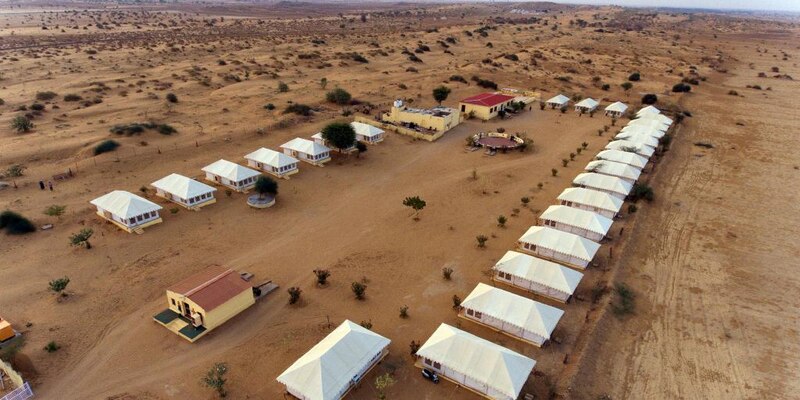
Best things to do in Sam Desert Camps

Women Only Annapurna Trek In Nepal: All You Need To Know

Misty Woods Resort, Coorg - Everything You Need to Know

Discovering the Tranquil Retreat: Forest Escapes Resort in Koyna
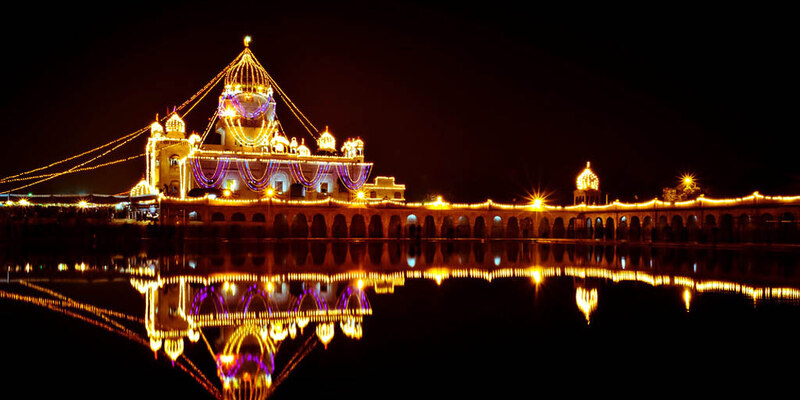
The Ultimate Places to Visit in Delhi at Night
